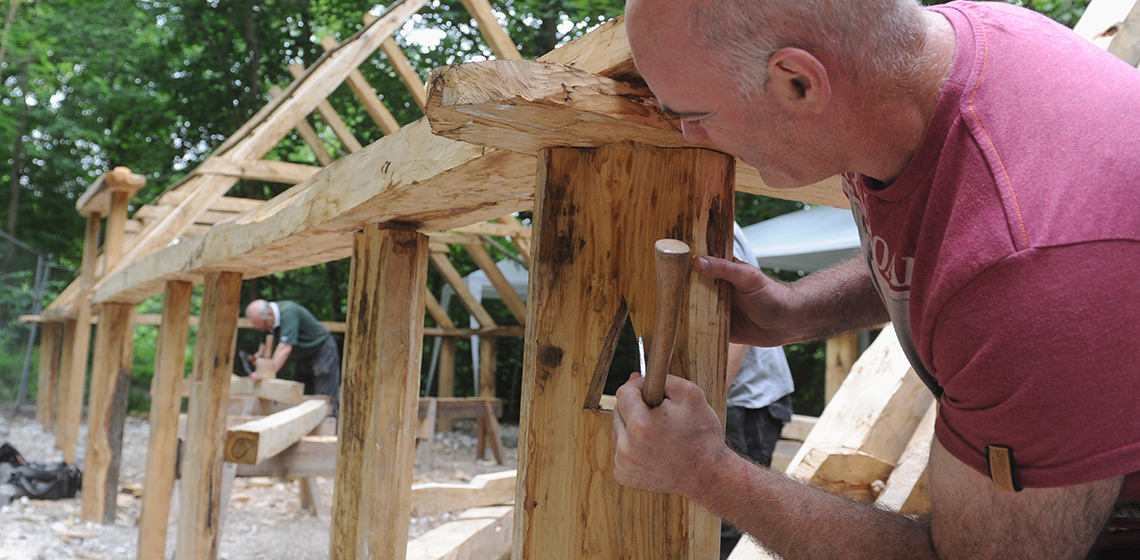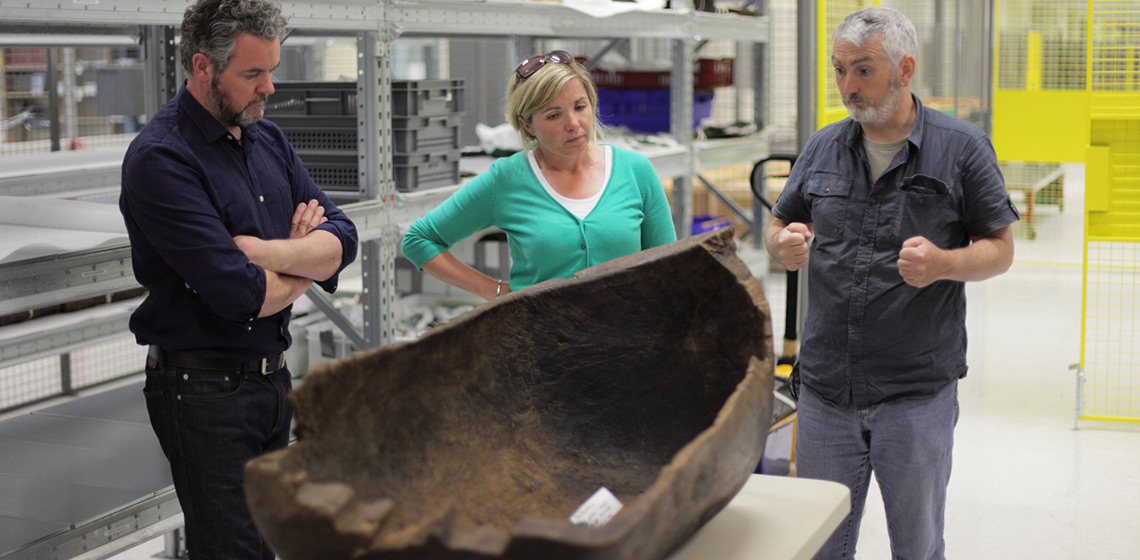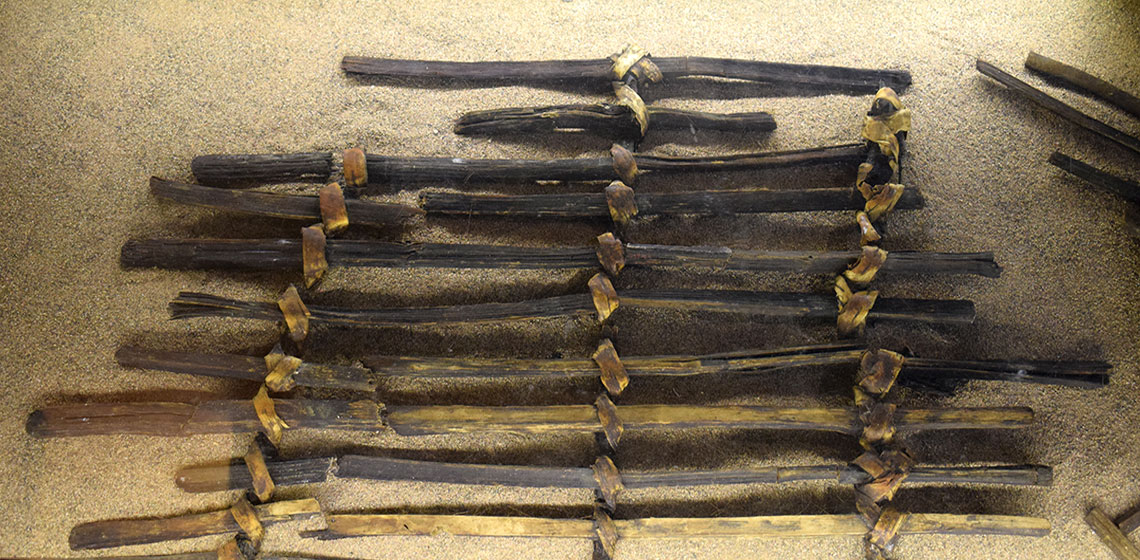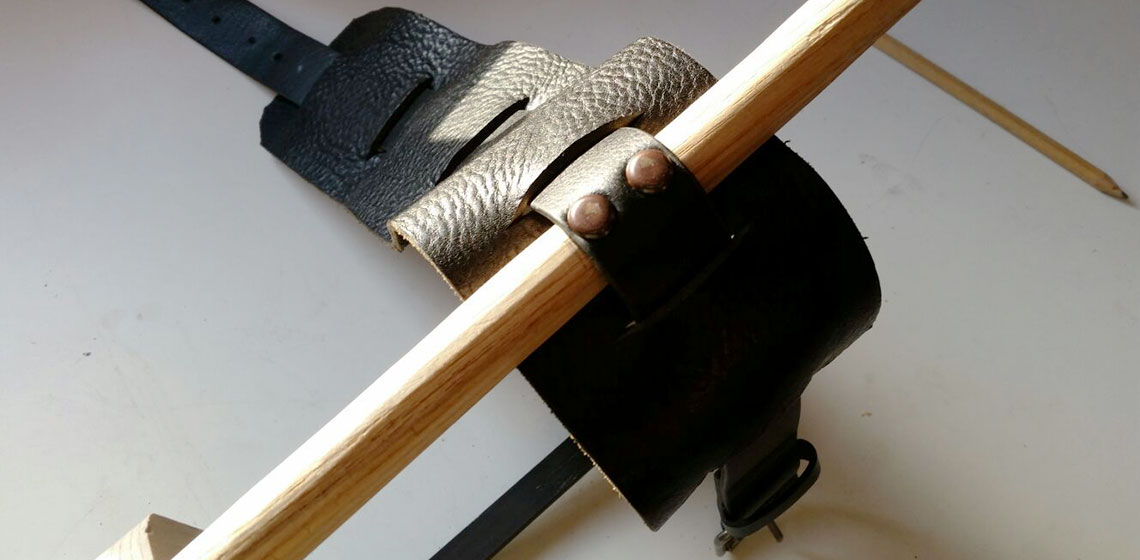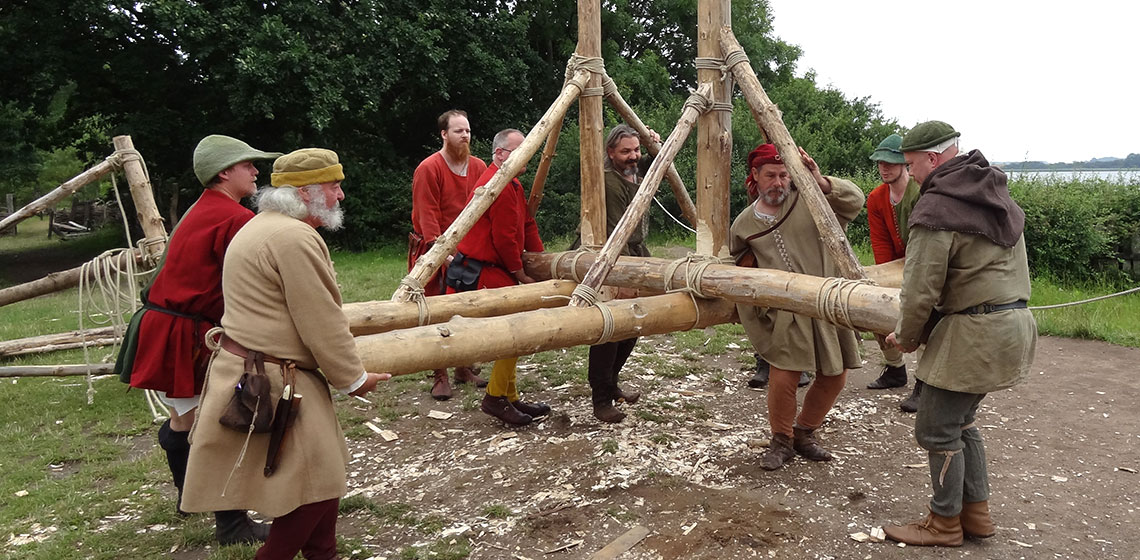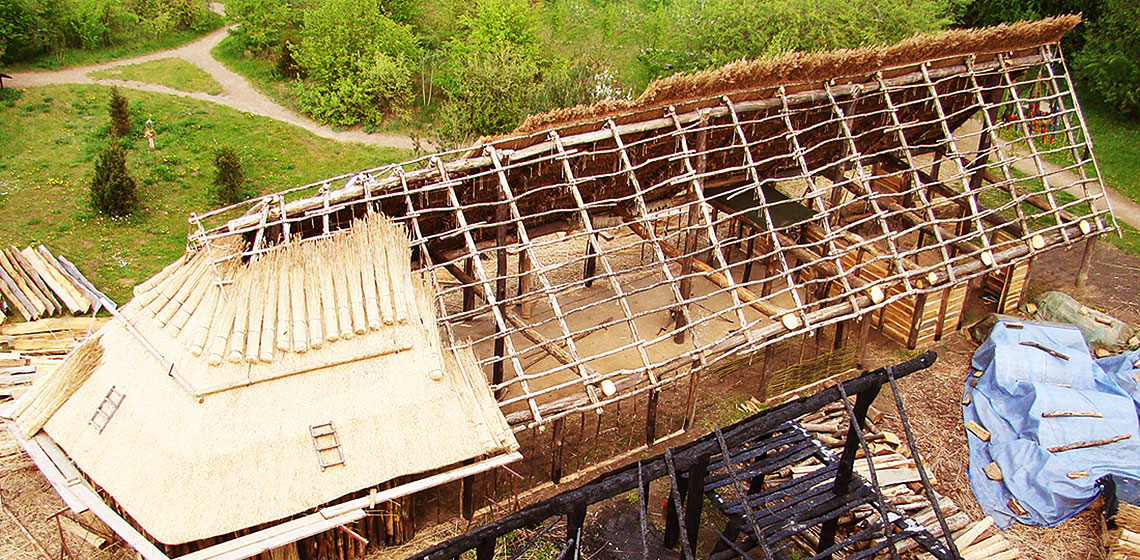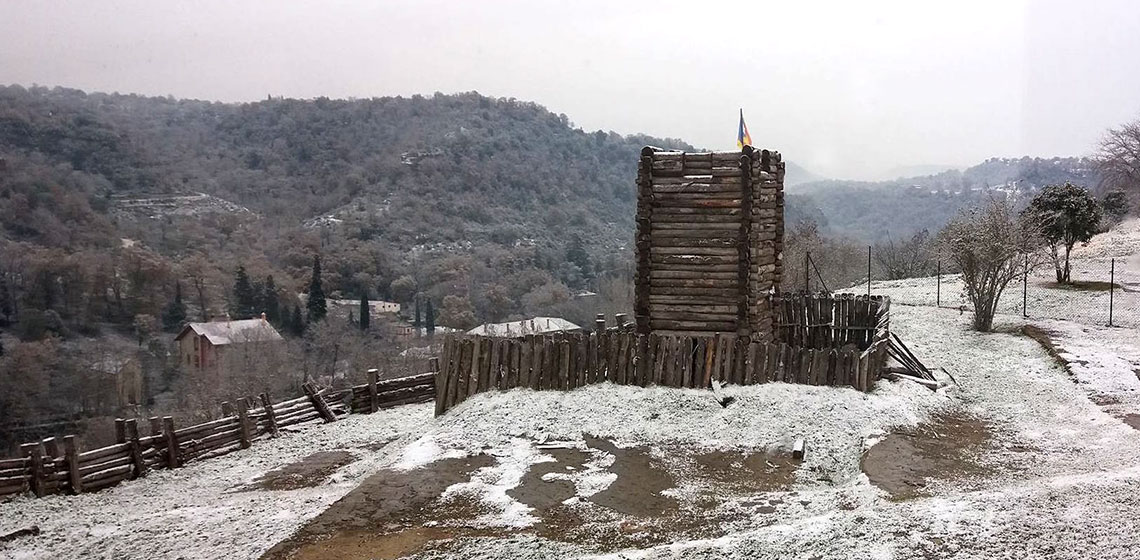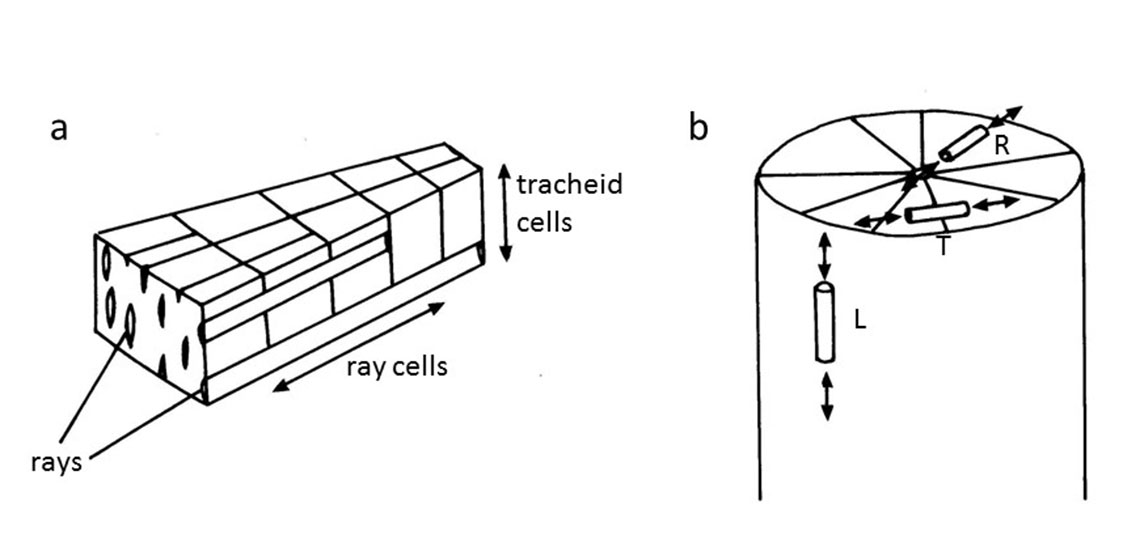Experiments on Painting Viking Age Woodwork
Publication Date
Traditionally, studies on Viking Age pigmentation have focused on the minerals used to produce colours. The research conducted in this article concerns other factors, that might have influenced painted wood such as surface treatments, outlines, and paint components...


